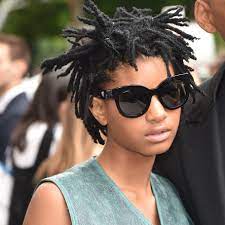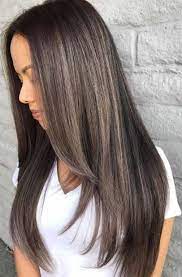
Locks come in various styles to meet every taste and preference, such as dreadlocks, sister locks, and traditional locks. Each type has its distinctive aesthetic.
Dreadlocks
Dreadlocks have become an iconic hairstyle among Jamaicans and those associated with the Rastafari movement, and have also made their way into mainstream beauty culture. They are a hairstyle that involves tying together sections of your hair to form rope-like strands, usually done through coiling, braiding, twisting, or palm rolling techniques. Once complete, they should not be combed and retain their natural look. Dreadlocks have become a symbol of strength, faith, and the Lion of Judah, which is associated with Rastafarianism and made famous by Bob Marley.
Exploitation and Symbolism
Locks may provide excellent protection, yet they have also been exploited to demean and oppress people of color. Some women who wear locks report being approached by strangers for drugs or money; some even had their hair chemically treated. This exploitation contrasts with the symbolic meaning of locks, representing spirituality and rebellion against materialism. Locks have been associated with Rastafarianism, Marcus Garvey, shamans, and religious ascetics in various cultures.
hair Care Methods
Dreadlocks (locs) form through matting and braiding, and their creation and maintenance require special attention. Various methods can help achieve desired looks. Start by sectioning off your hair a few inches above the nape of your neck—Backcomb from one inch from the roots toward your scalp until all the strands have been backcombed through. Once your hair has been backcombed, twist it using rat-tail combs or ouchless bands for assistance. Use a leave-in conditioner to keep the locks conditioned and healthy, and retwist every four or six weeks to maintain their size.
Cultural Significance
Whether called locks, locs, dreadlocks, or jata, this iconic hairstyle represents centuries of culture and history. Dreadlocks have long been associated with Rastafarian culture, and Bob Marley is often credited with popularizing them in the ’70s. However, people of color have worn dreadlocks throughout history. Locks hold cultural and symbolic significance in various cultures, including India and the Rastafari movement, representing spirituality, roots, and historical connections. Haile Selassie, for example, is said to have worn locks during his youth, which may explain its representation on Ethiopia’s flag.

